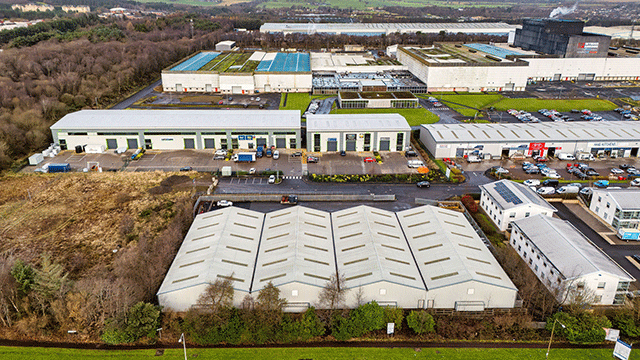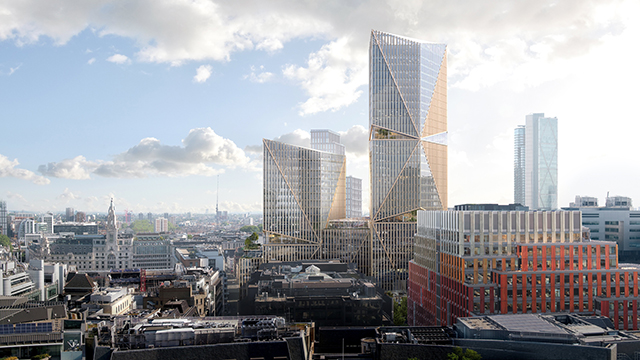COMMENT A difficult and uncertain economic background, combined with a challenging debt market, has meant that investment and construction across all sectors has proved relatively tricky to forecast over the past 12 months.
What’s more, there remains a bifurcation in the market as investors and developers grapple with repurposing existing stock to better meet ESG requirements, which has, in some cases, taken precedent over new build projects.
There is now quite a pronounced lack of supply in the central London office market, leaving occupiers with uncertainty around the delivery of their real estate strategies. In the short to medium-term, you are unlikely to get what you want unless you are in a position to pre-let and pay for it.
Refurbishment and redevelopment
The move towards refurbishment and redevelopment, rather than new build, has made things slightly more complicated for landlords looking to deliver grade-A space. The financial case aside, decisions on standing assets now need to be made with new sustainability standards in mind and considering net-zero carbon and MEES regulations.
Planning implications are also crucial to consider. Within the City and Westminster increasing emphasis is being given to sustainable design and whole lifecycle carbon analysis, together with social value. Alongside a drive toward the reuse of existing stock, it is imperative that these aspects are considered early in a scheme’s development to ensure a successful planning application.
What is clear is that the development of new buildings and the redevelopment of existing ones is getting more complex and time consuming at a time when the cost of debt, materials and labour are all increasing.
What do occupiers want? Therein lies the dilemma. Ultimately occupiers still want grade-A space and landlords need to meet these requirements in order to attract and retain businesses. So, both ‘new’ and ‘refurbished’ stock need to be developed to the same quality to be able to meet this demand.
Need of the modern occupier
While ESG is important to some, with large corporates tending to have very specific criteria, there are also those who simply want market-leading amenities and an exciting fit-out that is going to help them win the war for talent. For this reason, doggy day-care, wellness centres, gyms and the general ‘hotelification’ of the office is here to stay.
With this in mind, landlords and their design teams will need to consider how well an existing building can accommodate the needs of a modern occupier.
A well laid-out structural grid with capacity for additional loading and extensions, space for end-of-journey facilities and readily available roofs for conversion to terraces are all key. The ability to retain as much of the structure as possible, convert to all-electric and install a modern, efficient facade will go a long way towards achieving ESG criteria.
Cost is key
Of course, this all comes at a price and construction costs do remain a concern. This is where we are likely to see further examples of reuse and a greater focus on the circular economy. Undertaking a comprehensive refurbishment also provides the greatest cost efficiency.
All things considered, a lot is happening. What is clear is that volatility has not stopped construction. In fact, it is increasingly hard to secure tier 1 contractors for complicated largescale redevelopments. Landlords have had to take another look at their procurement strategies in order to adapt to these new circumstances.
In the meantime, businesses considering a relocation are advised to review their strategy well in advance of any lease events. This is critical to ensure they can get into meaningful conversations with landlords of new and redeveloped buildings early to keep ahead of the competitive occupier market.
Paul Bennett is director of the City agency team at Savills
Co-authored with Richard Eyley, joint head of London office project management, Savills
Photo © Savills
Follow Estates Gazette











